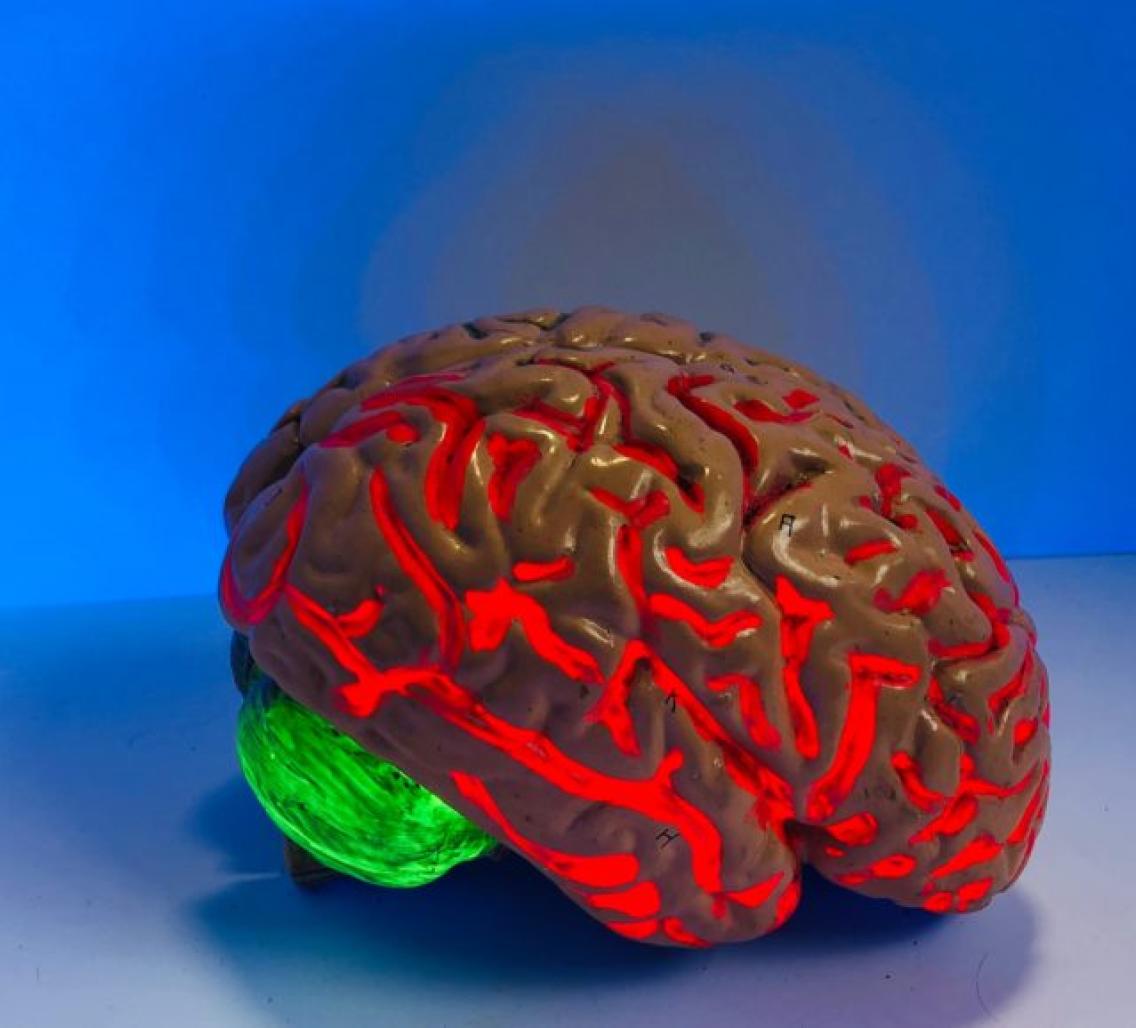Why the blood-brain barrier is really a filter, and what this means for the aging brain

What scientists have long called the "blood-brain barrier" seems to be more of a "blood-brain filter" -- and like most filters, this one seems to get both a bit clogged up and a bit leaky with advancing age.
Considering the 400 miles of tiny blood vessels that course through your brain, you'd think it would be a no-brainer for cells and molecules circulating in the bloodstream to slip into the organ.
But nope. As biomedical scientists have been telling us for well over a century, the human brain is effectively walled off from substances traveling through the blood vessels that permeate it, due to a set of anatomical features -- tightly stitched-together blood-vessel cells, blob-like abutments of membranous brain-cell projections squished up against the vessels, and so forth -- that are collectively dubbed the blood-brain barrier.
And this is largely a good thing. There's a lot of stuff circulating in your blood that you don't want getting into your brain: angry immune cells engaging in an inflammatory reaction to an infection, for example -- or for that matter the infecting pathogens themselves. Not to mention all kinds of otherwise-benign biomolecules whose wanton entry into the brain could disturb its delicate functioning.
It turns out, though, that the blood-brain barrier may be much more permeable -- albeit selectively so -- than previously thought. It could help explain why, as Stanford neuroscientist Tony Wyss-Coray, PhD, and his colleagues famously discovered several years ago, young blood can rejuvenate old brains (and old blood can age young brains).
Gaining entry into the brain
This new research is also from Wyss-Coray, by the way. His team has published a study in Nature showing that hundreds of proteins that occur naturally in healthy young mice's blood routinely gain entry into the mice's brains -- provided the proteins present the proper credentials.
Earlier research had shown almost no such permeability. But those studies had traced the passage into the brain of injected proteins that are naturally absent or rare in the blood; Wyss-Coray's team used a different approach.
They added fluorescent labels to all of the hundreds of different proteins naturally occurring in mouse plasma (the cell-free, liquid portion of blood), injected them back into mice, and then looked for the proteins in the mice's brains. In young mice, about 2-3% of those labeled proteins ended up in the brain.
The proteins' entry, Wyss-Coray and his colleagues determined, was enabled by specialized receptors found on the cells lining cerebral blood vessels. Each protein in the blood must fit into a corresponding receptor, like a key fitting into a lock, before it gains access to the brain. When the right "key" (the appropriately shaped protein molecule) is inserted, the receptor guides it out of the vessels and into the brain.
Oh, yes -- a few blood-borne protein molecules did manage to bypass the receptors; microscopic bubbles filled with whatever proteins happened to be in the neighborhood budded off from blood vessels and diffused into the brain.
Implications for the aging brain
In young mice, this inefficient random passage typically occurred only at low levels; however, the investigators found, it happened more often with older mice.
Correspondingly, the much more highly selective receptor-driven form of physiological uptake by the brain dwindled as the mice aged; and the scientists found evidence that production of the receptors in the specialized cells lining cerebral blood vessels drops off as mice get older.
This previously unrecognized age-associated change in how proteins are transported into the brain could have consequences. For instance, it may result in changes in brain levels of various circulating proteins affecting mood and behavior -- and this could be a window into a cause of age-related cognitive decline.
Knowing how various proteins do, or don't, make it into the brain could help drug developers find better ways to get therapeutic substances to that organ, the obvious target for many drugs aimed at restoring cognitive health. In fact, one reason treating brain disorders is so complicated is that it can be hard to find medications that can cross that barrier.
Pharmaceutical companies are developing strategies for ferrying drugs into the brain through "good fits" with selective cerebral blood-vessel receptors. If these receptors become less abundant with age, it's important for drug developers to know it.